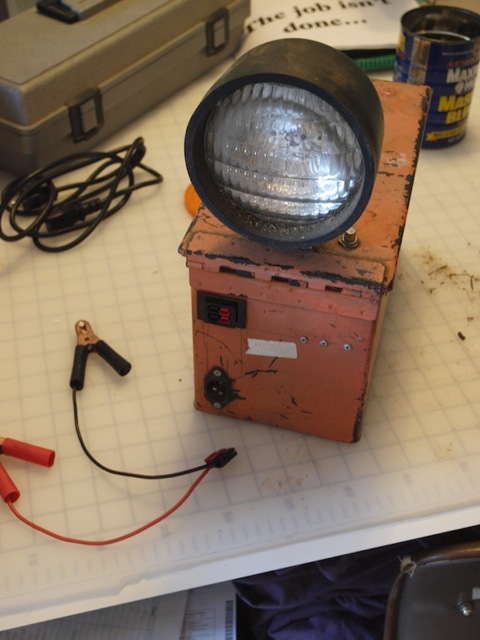There is a big difference between being tied to an expensive, proprietary battery pack and being tied to a 120 VAC line.
When my first battery pack for a tool dies, I dissect it and attach wires through a suitable strain-relief. I then connect the ends to an Anderson Powerpole connector, which I can then plug into a more substantial battery.
(If you do so, be sure to wire the connector according to the Amateur Radio Emergency Service standard, and you'll be able to plug it into any nearby ham radio operator's battery, if needed.)
For this reason, I favour 12 volt tools, because it is simple to find generic batteries for them -- you can even clamp them to a car battery. I don't find the additional torque of higher-voltage tools to be worth the inconvenience and expense of being tied to proprietary batteries.
I can plug into a 17 ampere-hour battery in a box with a handle, and work nearly ten times as long as I can with the 2 ampere-hour battery that came with my tool.
Another advantage is that such tools are often free! When a ~$80 battery pack goes bad, a lot of people chuck the entire tool in the rubbish bin and buy a new ~$90 tool! I "harvest" such tools and wire them to cables with Anderson Powerpole connectors for a few dollars worth of parts, and put them back in service. Or you can find "batteryless" tools at garage sales for pennies on the dollar.
Such "semi-wired" tools are far more portable than you'd think. Sure, they aren't as convenient as with the contained battery, but they can still be used remotely without running a long extension cord.
Here is a cord attached directly to a drill. I took the screws out of the case and soldered directly to the terminals that make contact with the battery. I then drilled two holes in the end and used a tie-wrap as a strain relief. This sort of mod is irreversible and permanent -- you can no longer use the OEM batteries with this drill:

If your tool has an easily disassembled battery, you can modify a bad battery pack instead of the tool, preserving the use of other batteries:

Here is a close-up of a modified battery pack. Note the strain-relief for the cord egress:

My 10 AH belt-pack is made up of NiMH "D" cells. I have these wired as two six-volt strings that can easily be connected in series, as shown here:

The two six-volt holders then slip into a belt holder designed for a cell phone, a very long time ago:

 When I need lots of energy, I have a 20 AH battery housed together with a power supply for charging in an army-surplus ammo case. This will run a tool ten times longer than the OEM battery. Included is a trouble light, wired to a relay so that power fails, the light comes on. Shown also is a car battery adaptor to Anderson Power Pole connectors:
When I need lots of energy, I have a 20 AH battery housed together with a power supply for charging in an army-surplus ammo case. This will run a tool ten times longer than the OEM battery. Included is a trouble light, wired to a relay so that power fails, the light comes on. Shown also is a car battery adaptor to Anderson Power Pole connectors:

Here is a close-up of the egress to the ammo case. At bottom is a standard connector for a three-pin AC power cord, as used on computers and such. At the top are two pair of Anderson Power Pole connectors in a housing Anderson makes for the purpose:

Thanks for the suggestion to post photos. I hope these are helpful!
